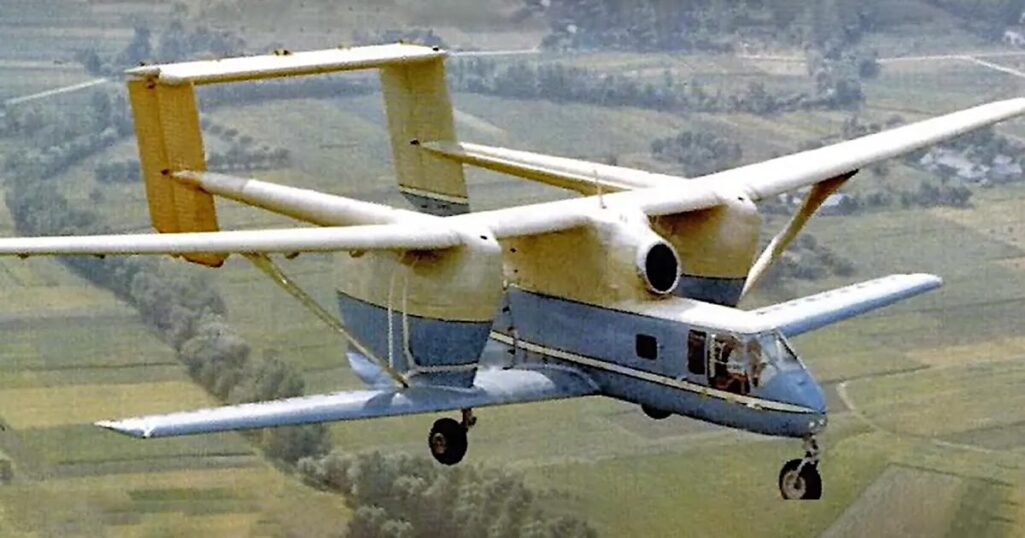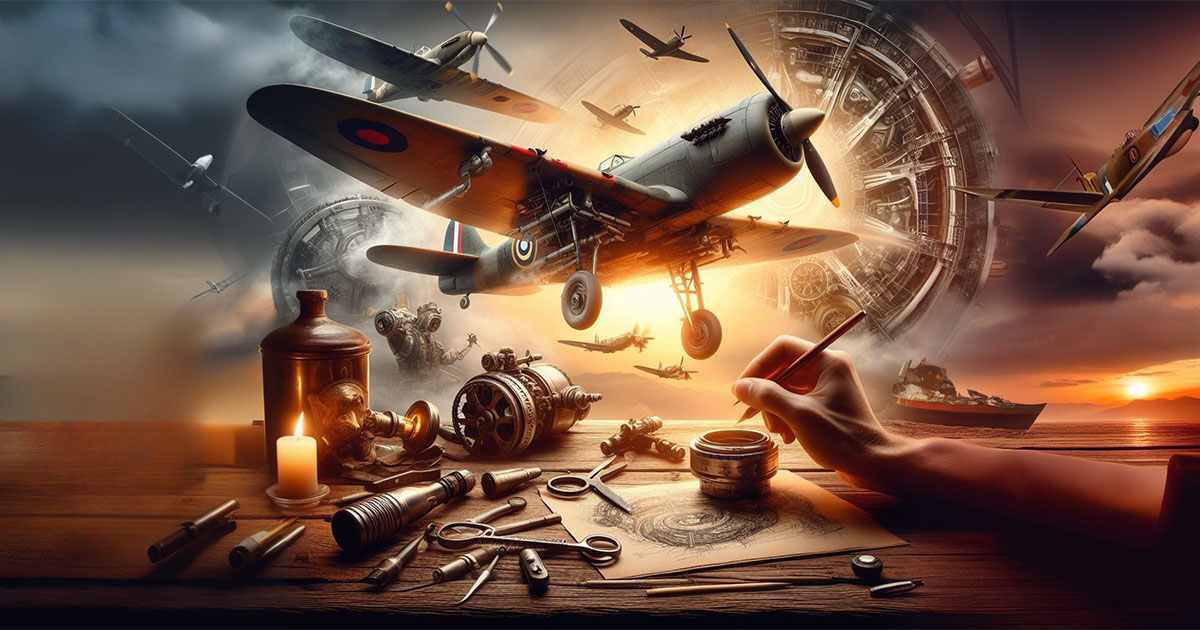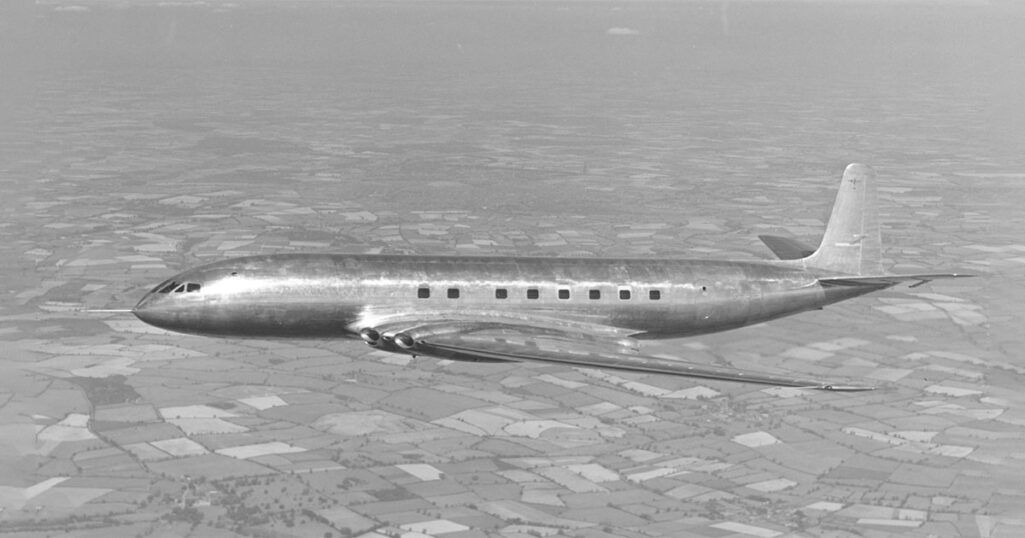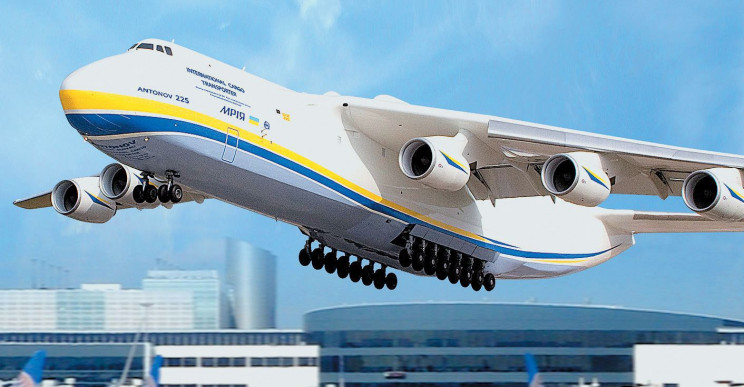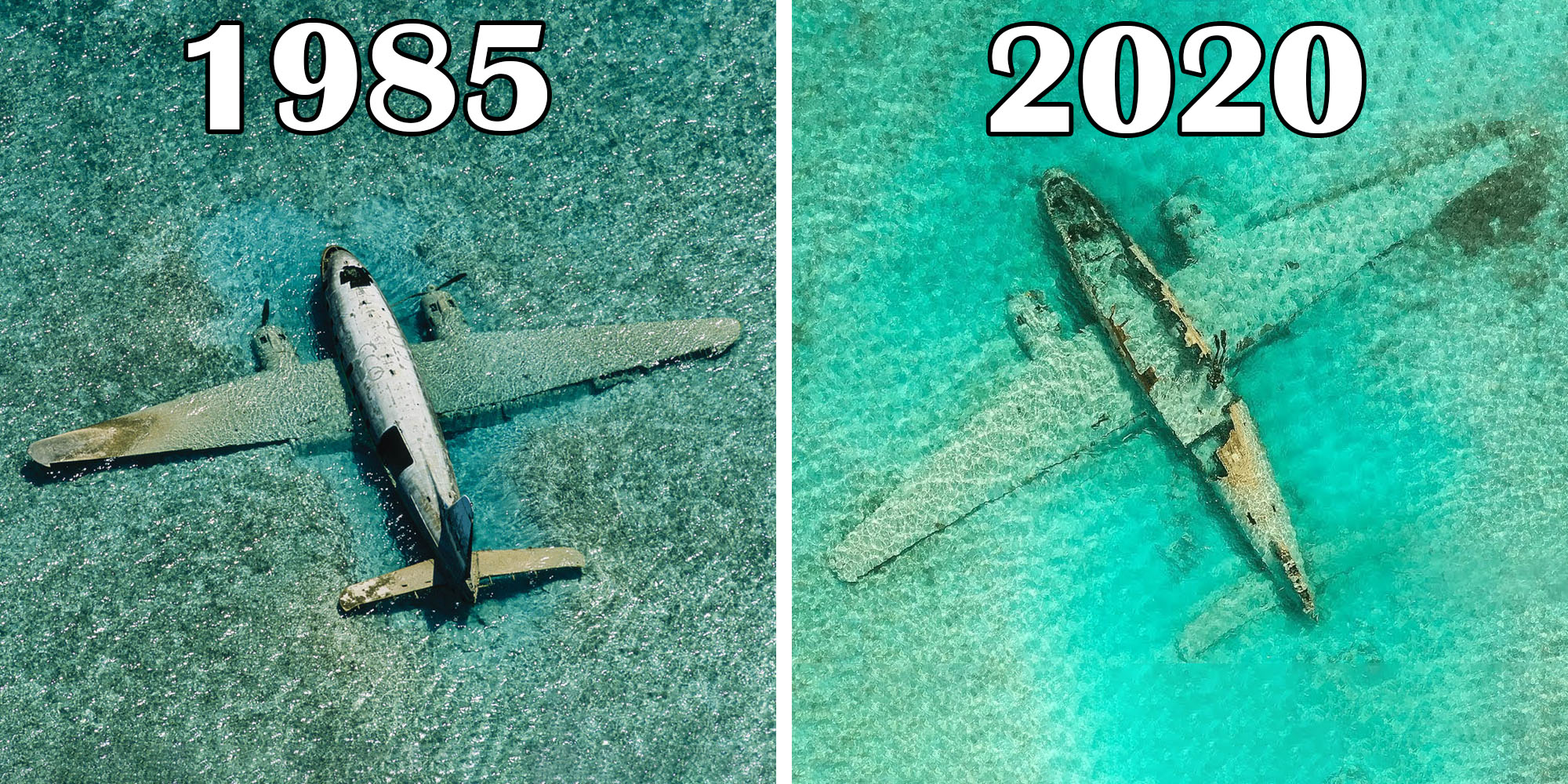
A corroding reminder of paradise’s brief but dark past sits just off Norman’s Cay, a peaceful tiny island in the Exuma area of The Bahamas.
Norman’s Cay is pretty isolated, tucked as far away from anything big as you can go. Those who manage to get there will come to a sunken WWII-era military transport jet that was once turned to power Pablo Escobar’s growing cocaine business to the United States.
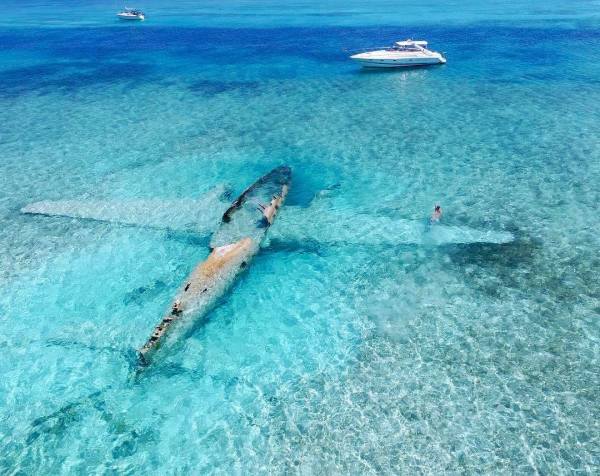
Carlos Lehder, Pablo’s smuggling point man, gradually took over Norman’s Cay from the residents in 1978 by acquiring tiny island areas. Soon after, Lehder hustled them out for a full-scale takeover of the property under the premise of using it as a key site for drug runners to rest and refuel on their route to the US from Colombia.
After only a few months, the drug lord had built a fortress guarded by armed guards and ringed by attack dogs, including a 1000m-long runway equipped with radar to boost operating efficiency and security.
Despite the massive effort occurring on the island, a Curtiss C-46 Commando, registration N355BY, landed just short of the runway in 1980. The smuggling plane was abandoned after landing on a small sandbank but not before its cargo was quickly recovered. Visitors may currently snorkel here with little effort, depending on the tides.
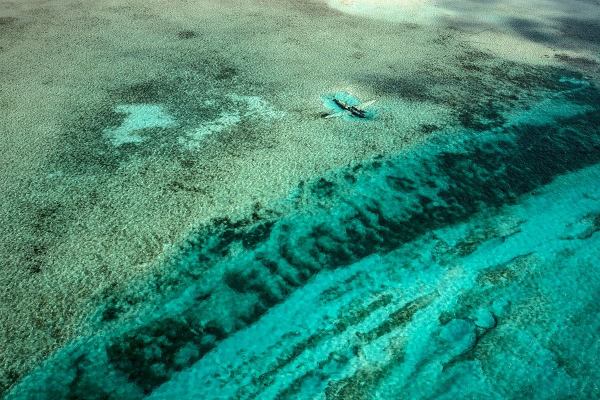
Carlos Lehder’s Norman’s Cay activities came to an end in 1982 when the United States cracked down on the region and pushed out the cartel with the assistance of the Bahamian government. His arrest in 1987 was one of the first dominoes to fall, resulting in the fall of the Medelln Cartel and the capture of the Cay by authorities.
There is now no commercial airline service to the island, which is only accessible via charter flights.
In terms of technology
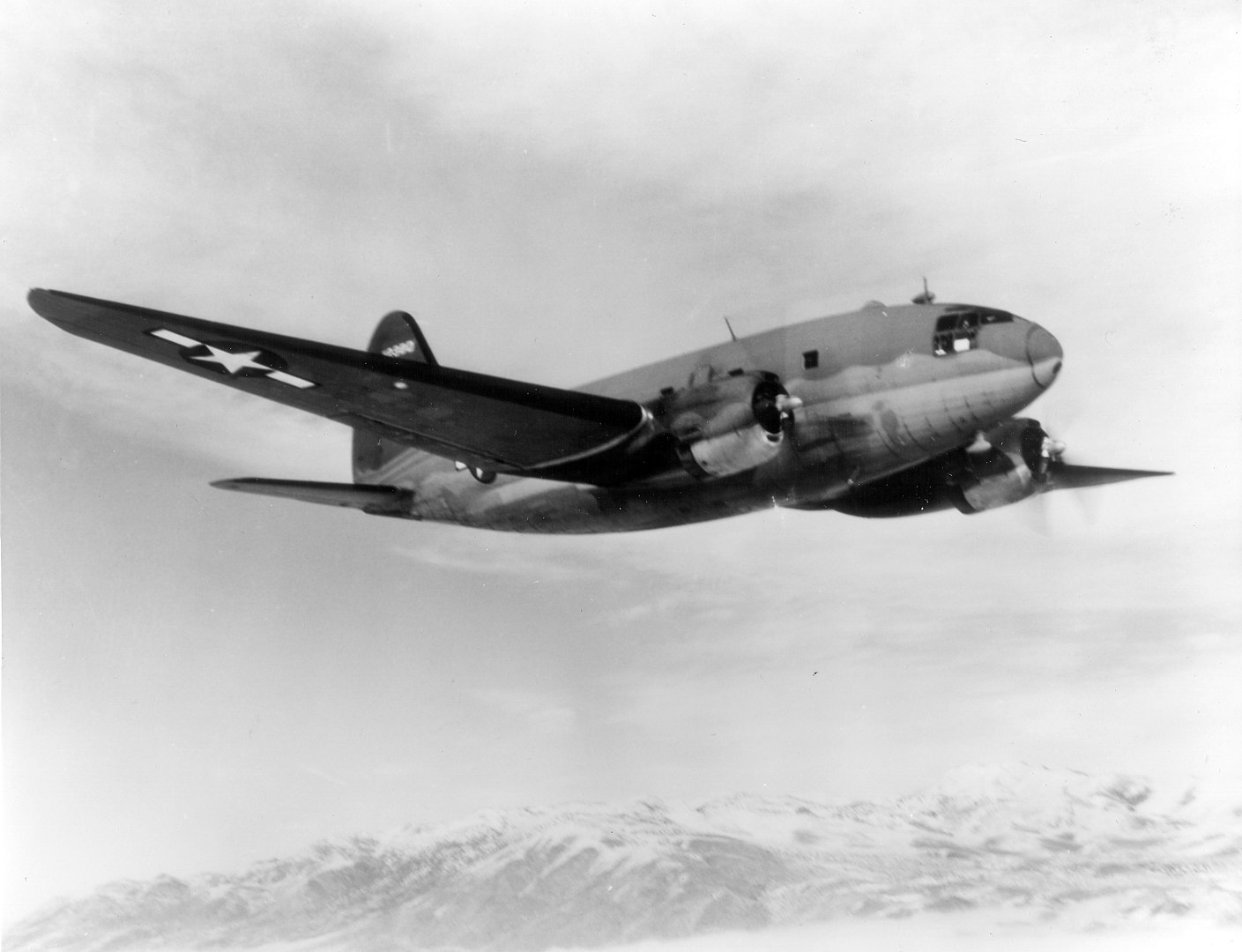
The C-46 Commando is a twin-engine transport aircraft. During World War II, the United States Army Air Forces operated it as a military transport.
Following WWII, a few excess C-46 aircraft were temporarily operated as passenger airliners, but a glut of surplus C-47s dominated the market, and the C-46 was quickly restricted to exclusively freight service.
The first prototype, powered by two 1,700 hp (1,300 kW) Wright Twin Cyclones, took to the skies for the first time on March 26, 1940.

